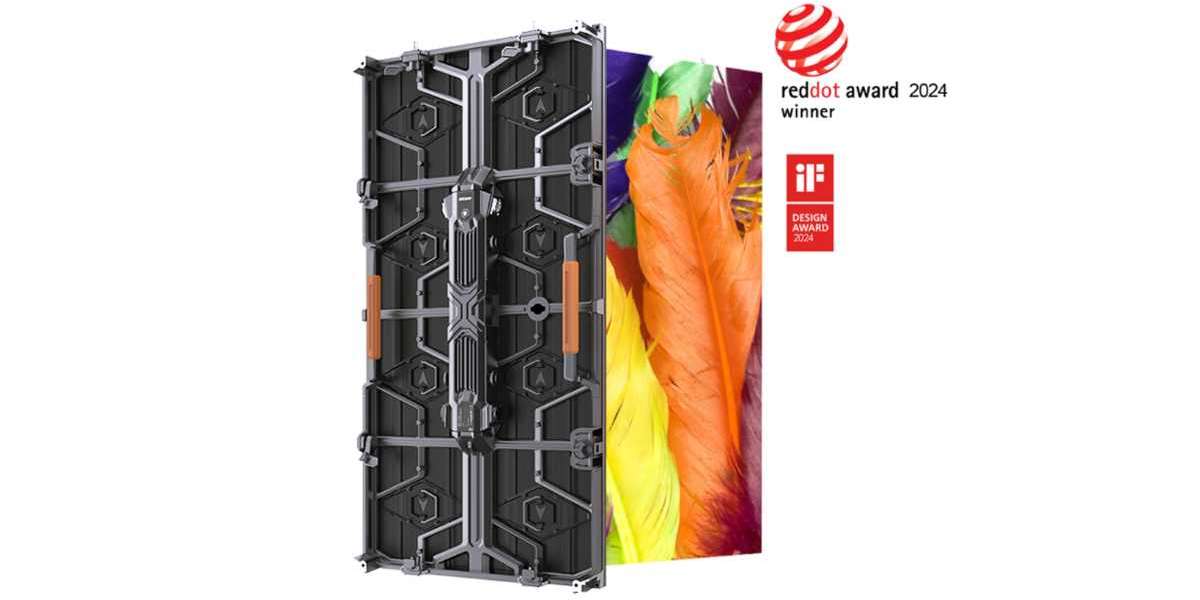In the world of commercial construction, a project’s impact is not limited to the physical building alone. One crucial yet often underestimated factor shaping public perception and stakeholder confidence is the presence of hoardings around the site. Far more than mere barriers for safety and security, building site hoardings act as powerful tools for communication, branding, and reputation management.
This article delves into the multifaceted role of hoardings in commercial projects across the UK, explaining how material choices, design quality, and strategic messaging contribute to enhancing corporate image and community relations.
Understanding Hoardings in Commercial Construction
What Exactly Are Hoardings?
Hoardings are temporary fences or panels erected around construction or refurbishment sites to secure the area and protect the public from potential hazards. Traditionally, their function was purely practical: to prevent unauthorised access and ensure safety. However, modern construction practices have elevated hoardings into communication platforms that speak volumes about a company’s values, professionalism, and community engagement.
The Role of Hoardings Beyond Safety
In many ways, hoardings serve as a company's first impression during construction. The way a site is presented visually can strongly influence how the public and stakeholders view the project and the organisation behind it. A tidy, well-branded site signals reliability and care, while neglected, dirty, or damaged hoardings can evoke negative associations, questioning the company’s attention to detail and commitment to quality.
Visual Appeal: Shaping Public Perception from the Outside
First Impressions Matter
It is said that people form impressions within seconds, and construction sites are no exception. Scruffy, faded, or poorly maintained hoardings may convey carelessness or neglect, even if the work behind them is top-notch. This perception gap can damage trust, erode stakeholder confidence, and potentially slow approvals or invite complaints.
On the contrary, high-quality, visually appealing hoardings create a positive atmosphere. They reflect respect for the surrounding community and demonstrate that the company takes pride not just in its building work but in its public image.
Why Aluminium Sign Boards Are the Ideal Choice
Aluminium sign board have become the industry standard for commercial hoardings, and for good reason. Their smooth, durable surface is perfect for printing vivid graphics, logos, and clear text that maintain sharpness and vibrancy throughout the project.
Unlike cheaper timber or vinyl options, aluminium resists weathering, corrosion, and physical damage common in the UK’s damp and often windy climate. This means the professional appearance of branding and messaging stays intact, avoiding the worn and faded look that quickly undermines credibility.
Hoardings as Strategic Branding Tools
Turning Hoardings into a Communication Asset
With restricted access to active sites, hoardings serve as the main interface between the construction company and the public. Well-designed hoardings offer a valuable opportunity to showcase the company’s identity, project timelines, and key messages. This visibility helps create awareness, generate excitement, and build goodwill.
For example, hoardings can display:
- Company logos and slogans to reinforce brand recognition.
- Project descriptions and completion dates to keep the community informed.
- Sustainability commitments or community initiatives to foster positive local relations.
Longevity Matters for Consistent Branding
Using aluminium sign boards ensures that these branding efforts withstand the test of time and weather. Maintaining crisp, clean visuals throughout the project lifecycle reinforces professionalism and consistency, which stakeholders and the public notice and appreciate.
Building Trust Through Transparency and Safety Messaging
Clear Information to Manage Expectations
Construction projects can be disruptive, causing noise, dust, or traffic changes. Neighbours and passersby often have questions or concerns. Displaying clear, up-to-date information on building site hoarding helps mitigate confusion, reduces complaints, and fosters trust.
Information commonly shared includes:
- Project milestones and estimated completion dates.
- Contact details for site managers or community liaison officers.
- Health and safety guidelines and notices.
Safety Messaging: A Sign of Responsibility
Safety is paramount in construction, and hoardings play an important role in communicating this commitment. Health and safety warnings, emergency procedures, and hazard notices on hoardings reassure the public that the site is well-managed.
Aluminium sign boards enhance this aspect by providing weatherproof, legible surfaces for such critical information, ensuring visibility even in poor weather conditions.
Weather and Durability: The UK’s Challenge to Hoardings
The Impact of UK Weather on Site Materials
The UK’s climate, known for its frequent rain, humidity, and occasional strong winds, presents challenges to construction hoardings.
These material failures quickly translate into an untidy, unprofessional appearance that can damage corporate reputation.
Aluminium’s Superior Durability and Maintenance Benefits
Aluminium sign boards excel under these conditions due to their corrosion resistance, strength, and lightweight nature.
Furthermore, aluminium hoardings are easier and quicker to install or adjust, allowing companies to maintain a neat site with minimal disruption.
This resilience not only preserves aesthetics but reduces maintenance frequency and replacement costs — offering both a practical and financial advantage.
Financial Implications: Investing in Quality Hoardings Pays Off
Upfront Cost vs Long-Term Value
While aluminium-based hoardings may have higher initial costs compared to timber or cheaper alternatives, their durability and low maintenance translate to lower overall expenditure. Fewer replacements and less frequent repairs mean that the investment pays dividends over the duration of the project.
Boosting Stakeholder Confidence and Approvals
High-quality hoardings demonstrate commitment and dependability to stakeholders, partners, and governing authorities. This can facilitate faster approvals and engender goodwill that might otherwise be hard to achieve.
A well-managed, visually appealing site encourages positive press and public support, which is increasingly valuable in today’s socially conscious business environment.
Best Practices to Maximise Hoarding Impact
- Consistent Branding: Use the same logos, fonts, and colours across all hoardings to create a coherent brand identity that is instantly recognisable.
- Relevant and Clear Messaging: Present safety information, project timelines, and contact details prominently using aluminium sign boards for maximum clarity and durability.
- Scheduled Maintenance: Regular inspections and cleaning keep hoardings looking fresh and professional, preventing damage from becoming visible.
- Community Engagement: Use hoardings to highlight environmental efforts, community benefits, or charitable partnerships, strengthening local support.
Conclusion
In commercial construction, hoardings are far more than simple safety barriers; they are essential tools that shape corporate image and influence how companies are perceived by the public and stakeholders alike.
Choosing durable, visually appealing materials like aluminium sign boards for building site hoardings not only elevates branding but also conveys transparency and a commitment to safety and professionalism.
For tailored hoarding solutions that enhance your corporate image and reflect your business’s quality and professionalism, the Hoarding Printing Company offers expert advice and premium products crafted to meet your specific project needs.








